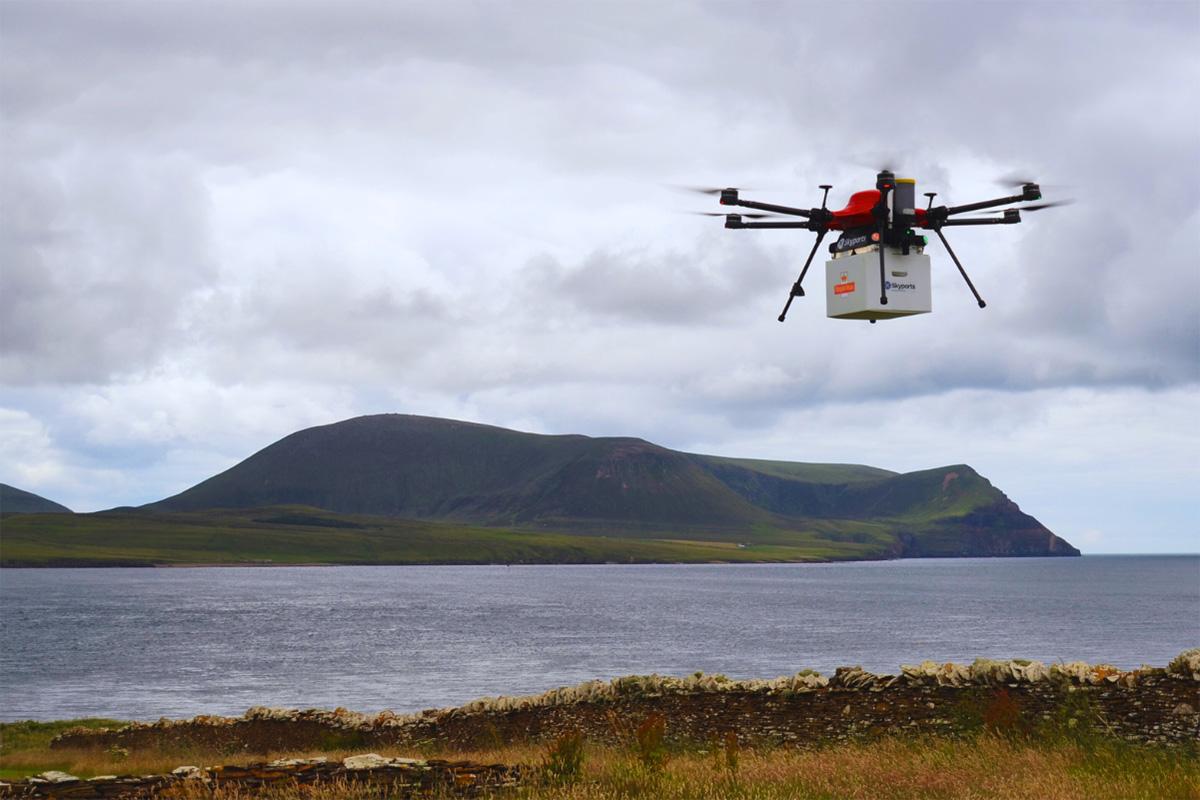
Credit: Skyports
LONDON–Britain’s Orkney Islands are set to become the first region of the UK to have an uncrewed aircraft system (UAS) mail delivery service. UK postal delivery company Royal Mail has teamed with UAS service company Skyports to provide the island chain with a UAS-based mail distribution service. The...
Subscription Required
This content requires a subscription to one of the Aviation Week Intelligence Network (AWIN) bundles.
Schedule a demo today to find out how you can access this content and similar content related to your area of the global aviation industry.
Already an AWIN subscriber? Login
Did you know? Aviation Week has won top honors multiple times in the Jesse H. Neal National Business Journalism Awards, the business-to-business media equivalent of the Pulitzer Prizes.





